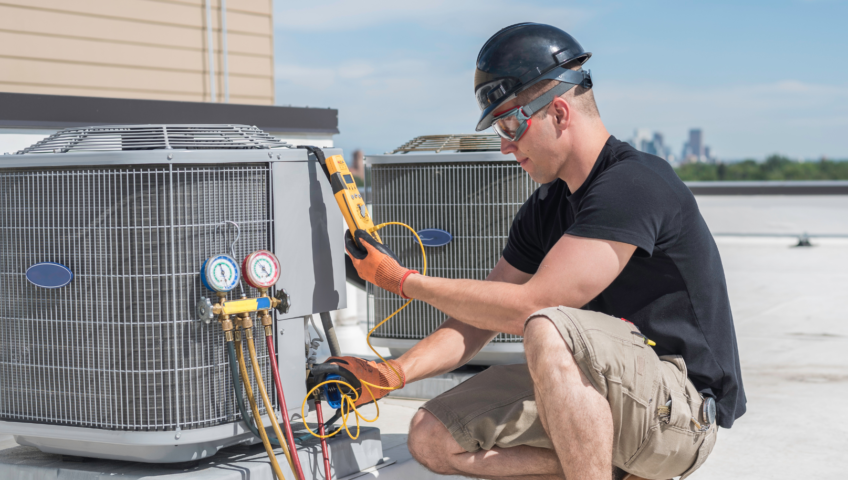Heating, Ventilation, and Air Conditioning (HVAC) systems are essential in various industries, ensuring optimal working conditions and comfort. However, for electrical workers involved in installing, maintaining, or repairing HVAC systems, it’s crucial to be aware of potential hazards and prioritize safety. This blog highlights some fundamental HVAC safety practices for electrical workers to minimize risks and create a safer working environment.
- Understanding HVAC Systems:
Before delving into safety measures, electrical workers need to have a basic understanding of HVAC systems. Knowing the key components, functions, and potential electrical hazards associated with these systems lays the groundwork for effective safety protocols.
- Electrical Safety Basics:
Electrical safety is paramount in any industry, and working with HVAC systems is no exception. This section should cover fundamental electrical safety practices, including the use of personal protective equipment (PPE), proper insulation techniques, and the importance of de-energizing systems before starting work.
- Identifying Potential Hazards:
HVAC systems can pose various hazards to electrical workers, such as electrical shock, arc flashes, and exposure to refrigerants. This section will outline common hazards and guide how to identify and mitigate risks before starting any HVAC-related task.
- Proper Lockout/Tagout Procedures:
Implementing a strict lockout/tagout procedure is critical to preventing accidental energization of HVAC systems during maintenance or repair work. This section will emphasize the importance of these procedures and provide a step-by-step guide on how to implement them effectively.
- Training and Certification:
Continuous training and certification are essential for electrical workers involved in HVAC-related tasks. This section will discuss the significance of staying updated on industry standards, attending safety training programs, and obtaining relevant certifications to enhance expertise and safety awareness.
- Emergency Response Planning:
Even with all safety measures in place, emergencies can still occur. This section will focus on the importance of having a well-defined emergency response plan, including first aid training, communication protocols, and evacuation procedures.
- Regular Equipment Inspections:
Periodic inspections of tools and equipment are crucial for maintaining a safe working environment. This section will highlight the significance of regular equipment inspections, including checking for wear and tear, proper functioning, and the condition of safety features.
- Promoting a Safety Culture:
A safety culture within an organization is built on communication, accountability, and shared responsibility. This section will explore ways to foster a safety-first mindset among electrical workers, encouraging open communication about potential hazards and promoting a proactive approach to safety.
In the realm of HVAC systems, electrical workers play a vital role in ensuring the seamless operation of these critical systems. By prioritizing safety through education, awareness, and adherence to best practices, electrical workers can significantly reduce the risk of accidents and create a safer workplace for themselves and their colleagues.

